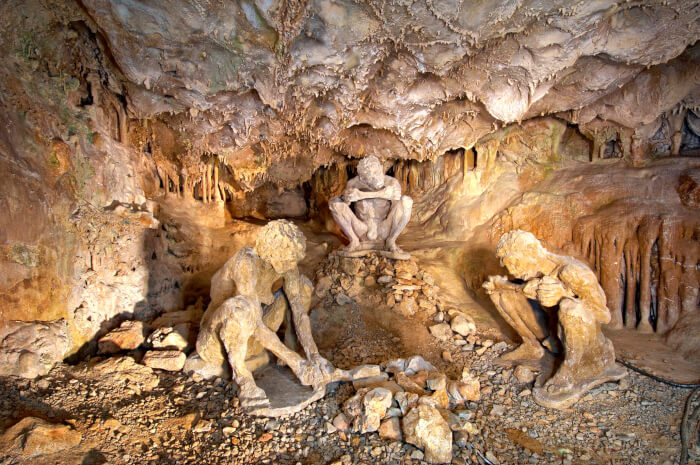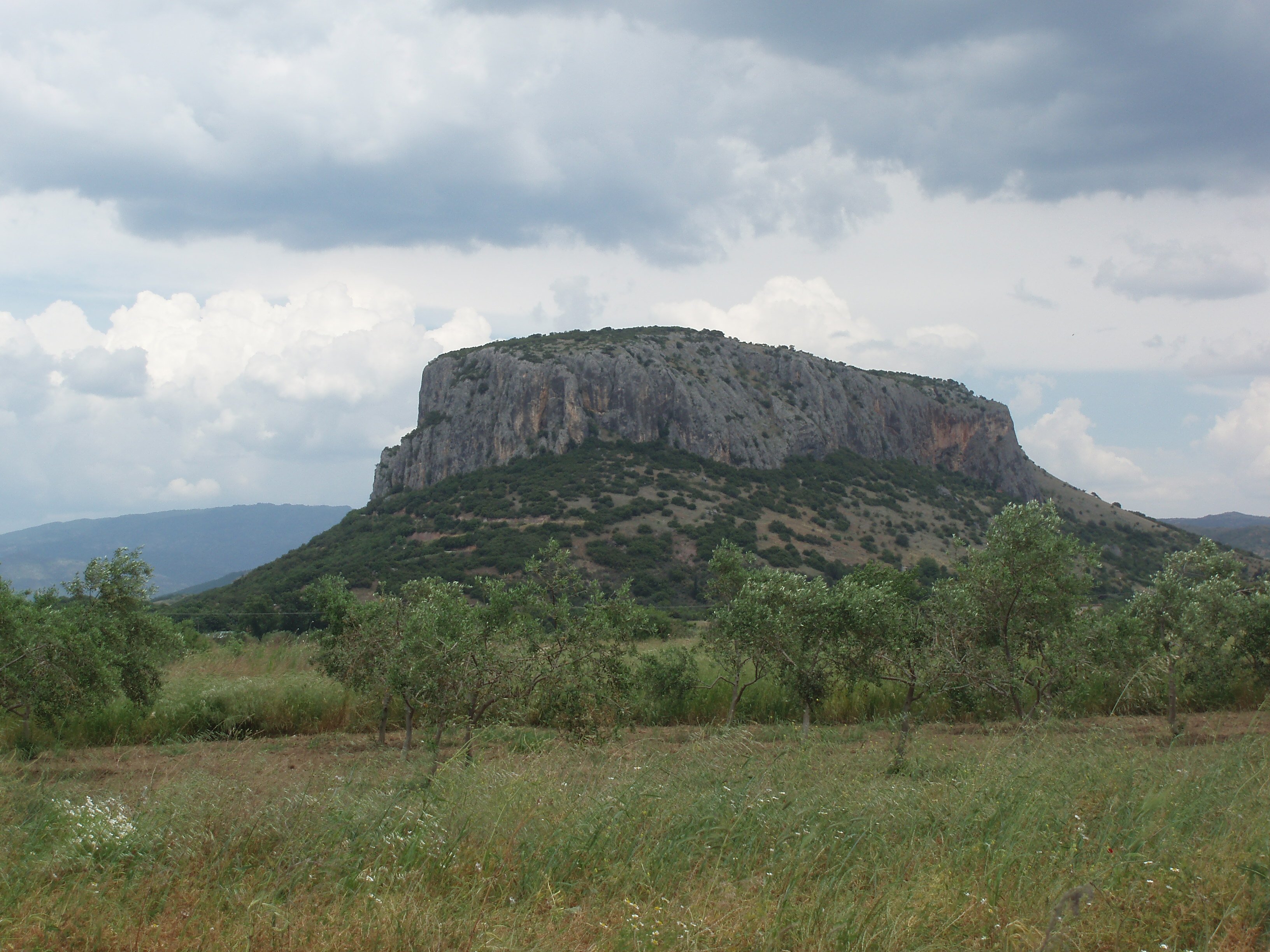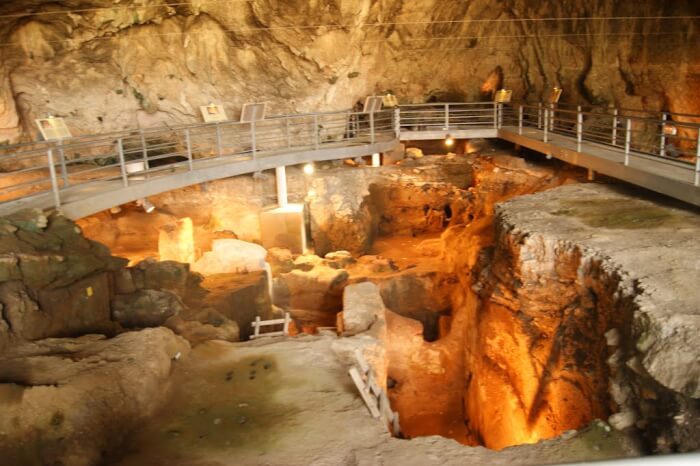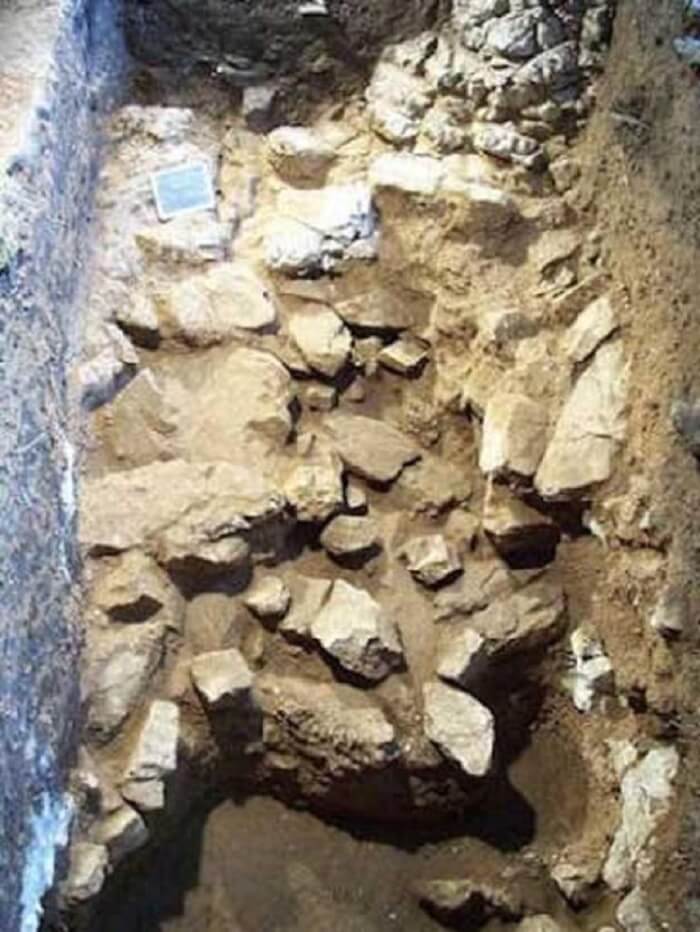Stone Wall At Theopetra Cave The Oldest Human Construction
A place of archaeological situated in Meteora, Thessaly, Greece, the Theopetra Cave has been occupied by humans from 130,000 years ago, according to recent on-site excavations. Archaeologists also noted that humans have lived here from Middle Paleolithic to Late Neolithic without disturbance, granting important insights into ancient Greek era.
Numerous intriguing findings have been made within the analysis of the cave, including the site’s climate, which was determined by archaeologists to have been hot and cold during the occupation of the cave, thanks to micromorphological analysis on the sediment samples collected from each archaeological layer. Scientists believe that the cave’s population fluctuated as a result.
Archaeologists also made an astonishing statement regarding the discovery of a trail of more than three hominid footprints imprinted onto the cave’s soft earthen floor, 1 year prior to the discovery of the stone wall. The shape and size of the footprints attributed themselves to Neanderthal children around 2 to 4 years old that resided in the cave during the Middle Palaeolithic period.
If you found this article interesting, don't hesitate to visit our website AUBTU.BIZ to get access to a wide range of news about your favorite bizarre things.
Occupation of Theopetra Cave - Stone Wall At Theopetra Cave
Located on the northeastern slope of a limestone hill, roughly 100 m above a valley, the Theopetra Cave overlooks the tiny village of Theopetra and the Lethaios River. The limestone hill was created between 137 and 65 million years old, matching the era of Upper Cretaceous, according to geological analysis. Source: Wikimedia Uploads
Source: Wikimedia Uploads
Investigation Begins
 Source: Wikimedia Uploads
Source: Wikimedia Uploads
Numerous intriguing findings have been made within the analysis of the cave, including the site’s climate, which was determined by archaeologists to have been hot and cold during the occupation of the cave, thanks to micromorphological analysis on the sediment samples collected from each archaeological layer. Scientists believe that the cave’s population fluctuated as a result.
 Source: Wikimedia Uploads
Source: Wikimedia Uploads
The World’s Oldest Wall
Another interesting discovery within the Theopetra Cave is the remnants of a stone wall that used to partly closed off the cave entrance, dating back 23,000 years ago, corresponding with the last glacial age thanks to the Optically Stimulated Luminescence dating method. Source: Wikimedia Uploads
Source: Wikimedia Uploads
Archaeologists also made an astonishing statement regarding the discovery of a trail of more than three hominid footprints imprinted onto the cave’s soft earthen floor, 1 year prior to the discovery of the stone wall. The shape and size of the footprints attributed themselves to Neanderthal children around 2 to 4 years old that resided in the cave during the Middle Palaeolithic period.
 Source: Wikimedia Uploads
Source: Wikimedia Uploads
If you found this article interesting, don't hesitate to visit our website AUBTU.BIZ to get access to a wide range of news about your favorite bizarre things.
Share this article
Advertisement